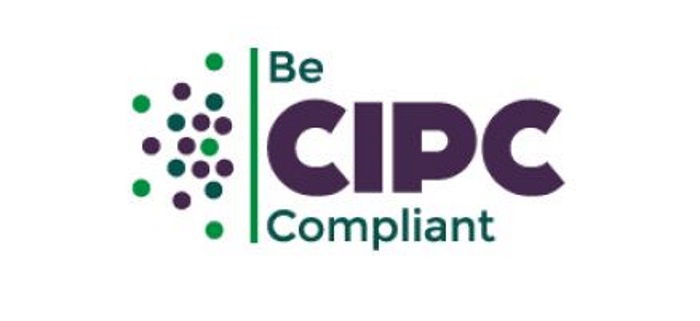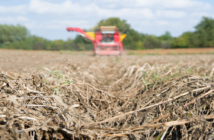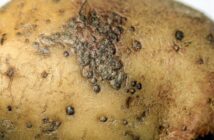From July 2017, all potato store owners must comply with new legislation stating that CIPC (chlorpropham) applications to stored potatoes must not exceed the maximum total dose rate of 36g/tonne for potatoes produced for processing, and 24g/tonne for those sent to the fresh market.
To help growers with the necessary steps to ensure compliance with the new legislation, the Potato Industry CIPC Stewardship Group is launching a new technical guidance booklet: the ‘Store Owner’s Guide to CIPC Application’.
“CIPC is vital to the potato industry, as it’s used as a sprout suppressant treatment. CIPC applications must now be made using ‘active recirculation’ to optimise the efficacy of the new European lower maximum dose rate,” says Dr Mike Storey, chair of the Potato Industry CIPC Stewardship Group.
“Active recirculation refers to the new industry-agreed term to describe the re-circulation of air containing CIPC fog, by fans,” he says.
Maximum dose rates for CIPC have been ‘stepping down’ under the ‘Be CIPC Compliant’ campaign since 2012, from the maximum level that was originally 63.5g/tonne. This summer the guidelines for the new dose rates require that ‘active recirculation’ is implemented.
“Research carried out by AHDB at Sutton Bridge Crop Storage Research (SBCSR) in collaboration with the industry has clearly demonstrated that the correct use of fans can systematically improve the uniformity of CIPC distribution – at the lower dose rate, and reduce the risk of maximum residue exceedance,” adds Dr Storey.
The new technical guide outlines compliance measures for effective application at the new dose rates being implemented in July 2017, and contains detailed guidelines for bulk and box potato storage.
The new ‘Store Owner’s Guide to CIPC Application’ will be sent to UK potato growers during February 2017 and is also available to download from the Be CIPC Compliant website: cipccompliant.co.uk




